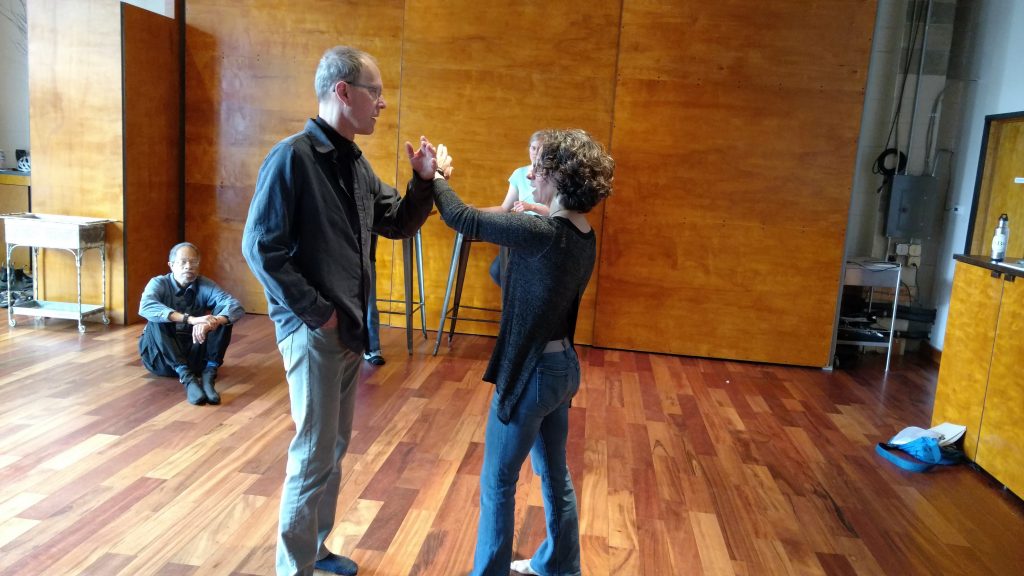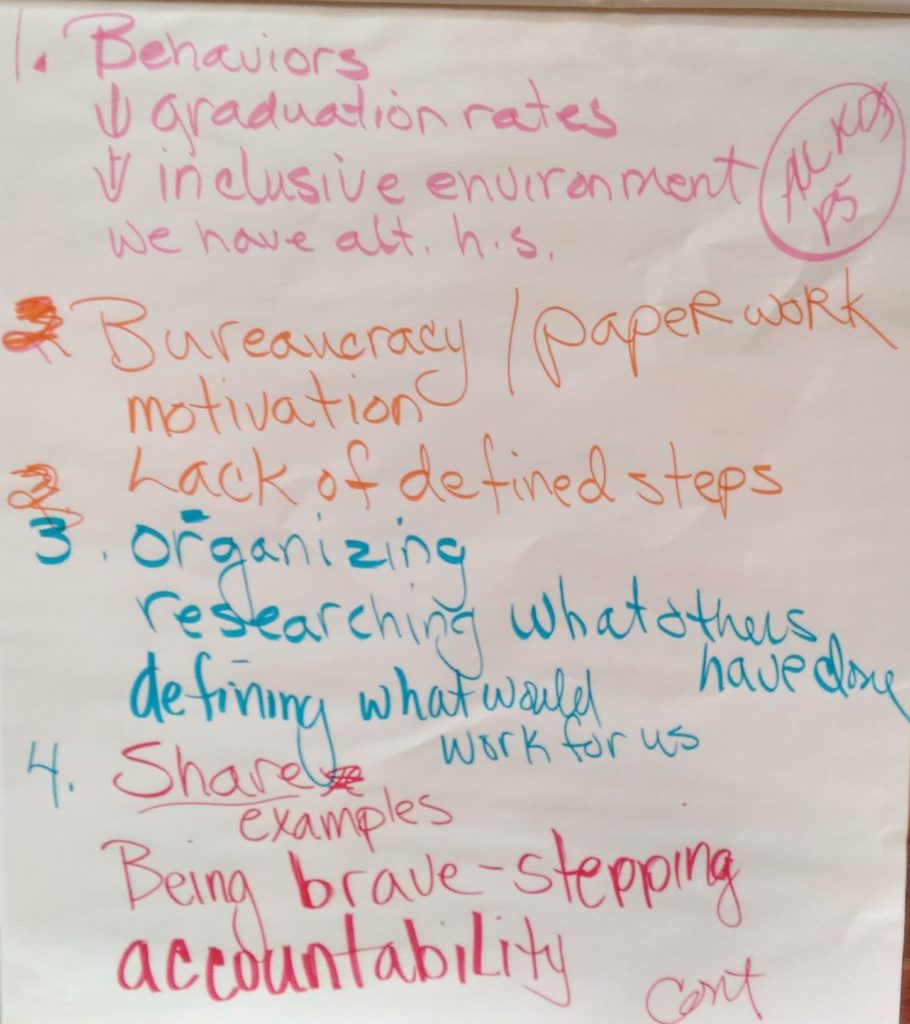I’m editing this one from 2013 just before Superbowl Sunday, which is mentioned in this post. Leaving it AS IS!
“We aren’t always improvising, we are almost improvising. Then there is that moment we are actually improvising and it is all worth it.” Matt Smith, liberally misquoted by yours truly.
I spent Superbowl Sunday at an improv workshop, thinking that my avoidance of the television and a shift from American football sports to theater sports was good karma. I wanted to step further into improvisation, particularly applied improvisation (vs performance.) Little did I know that my learnings from both would intersect around the power of being ready to improvise.
I met Matt Smith last September at the Applied Improvisation Conference in a fabulous workshop he co-led with Rebecca Stockley. (The post about the workshop experience links to some good stuff by Viv McWaters also worth reading…) After AIN I realized I needed a lot more work on my own in order to weave applied improvisational approaches into my facilitation and community work. Finally, I found a day that worked for me and headed over to the beautiful Valley School (ah, I want to be 8 years old and go to school here!) with an open mind, heart and lots of questions like “how does this work in an intercultural or even multilingual contexts?”
“The big question is, what happens when everything changes, when you go off script?” Hofstetter said. “That was where it got fun.”
via How Oreo Got That Twitter Ad Up So Fast.




